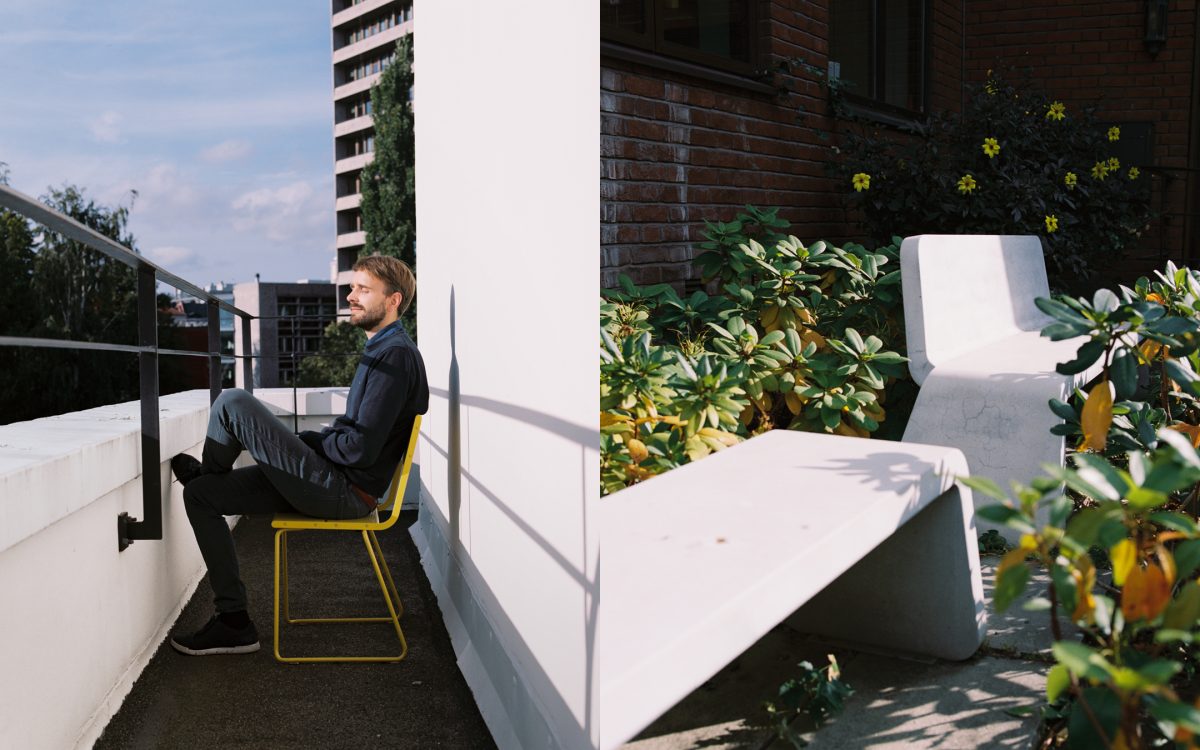
White Arkitekter is one of Scandinavia’s leading architectural practices, working with sustainable architecture, urban design, landscape architecture, and interior design, with presence in Sweden, Norway, UK, Germany, Canada, and East Africa. The company just launched its Roadmap Climate 2030 report, setting out a strategy on how to contribute to national and international climate goals and a vision of a climate-positive future.
— The strategy is to focus on promoting a more circular architecture and creating climate-neutral design, says Anna Graaf, Director of Sustainability. In the planning of the living environments, we have the possibility to support fossil-free mobility and renewable energy, introduce climate-smart services, and ensure green spaces and climate adaptation for resilience and human health. In order to contribute to a radical shift, we will also invest in new ways of working, develop digital design tools, and further focus on research and innovations.
How can architecture contribute to reach climate goals?
— As architecture encompasses everything from planning cities and communities through to designing buildings, outdoor environments, and interiors to creating the conditions for people to live and work, there are great possibilities in reducing climate emissions at different stages. There can always be ways of reducing the need for energy and resources, to use more renewable energy, design with renewable and low carbon materials, and to support developments that makes it easier for people to reduce their climate impact in their everyday life.
— But it is inevitable that new developments and architecture always contribute to climate impact and the use of natural resources. To be crass, the best would be to not build anything new at all. Therefore, I think it is necessary to adopt a new mindset and approach. Instead of starting with the assumption that new environments need new materials, we always need to ask ourselves: How can we create new design from what already exists? This will drive the transition towards a more circular architecture.
In the report, you mention how the industry needs to do more to reach the goals. What needs to be done?
— I think a key factor for the industry is to reduce the use of new natural resources, by supporting a more circular economy. The new approach needs to be reuse, recycle, and upcycle. It is also necessary to promote the use of materials with low carbon impact and renewable resources such as wood. And the use of renewable energy can speed up. The building- and real estate industry also needs to have a sustainable perspective for their investments and see the long-term benefits. It can’t continue to be easier and cheaper to build unsustainable.
And, also in the report, you on your side mention how you aim to develop new services and models for digital design. What will you do?
— Digital design tools can contribute to strong design which also is optimized in relation to materials, health, energy, and climate. For creating climate-neutral design, it is for instance essential to work in an iterative process where design, energy performance, and materials are tested and verified throughout the project. Digital tools will also play an important role in the transition towards circular architecture. We have just developed a tool for scanning the materials in a building, ReCapture, which will make it easier to identify what can be reused. By making the processes easier it will move the development faster, says Graaf, adding,
— We will also continue to promote wood architecture and some of our most prestigious wood projects will be inaugurated this year, like the 19-floor high Sara Cultural Center in Skellefteå. And also focus on our expertise in economical sustainability and methods for calculating monetary values of sustainability investments. There are great challenges for limiting global warming, but within architecture and the building industry, I think we already have the knowledge of what can and needs to be done. So, for speeding up the development I think it is very much about working more efficiently together between different actors and creating possibilities and incentives for more sustainable and creative solutions. But this also demands will, engagement and courage.




